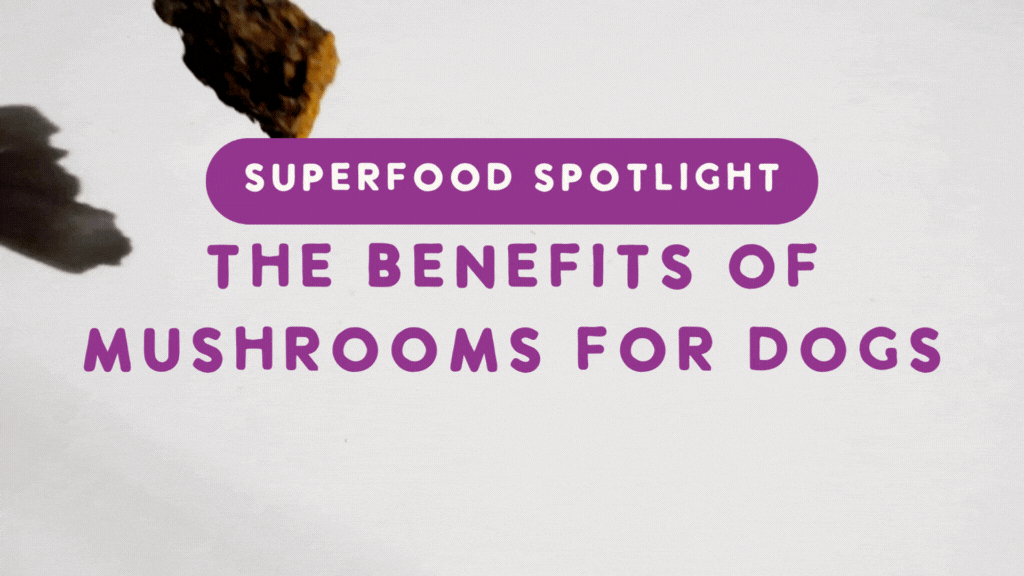For years, chicken and beef have been the most common protein sources in pet food. However, many pet parents are now exploring alternative proteins for dogs due to allergies, sensitivities, sustainability concerns, or simply a desire to provide more variety. Thankfully, there are plenty of nutrient-rich protein options that can support your dog’s health and well-being.
Why Consider Alternative Proteins?
Switching to less common protein sources can benefit your pet in several ways:
- Dog Food Allergies & Sensitivities: Chicken and beef are among the most common allergens in dogs. Choosing different protein sources can help reduce adverse reactions and improve digestion.
- Palatability & Variety: Dogs can lose interest in eating the same protein daily. Introducing new flavors through alternative protein sources keeps mealtime exciting while also supporting better digestion. Practicing rotational feeding—periodically switching proteins—can further enhance nutrient diversity and long-term gut health. (Learn more about the benefits of rotational feeding in our dedicated blog!)
- Sustainability & Ethical Sourcing: Some eco-friendly protein sources have a smaller environmental footprint compared to traditional livestock farming, making them a responsible choice.
Best Alternative Proteins for Dogs
1. Buffalo: A Lean, High-Protein Option
Buffalo is a nutrient-dense protein that offers rich flavor while being lower in fat than beef. It’s an excellent choice for dogs with food sensitivities, as it is packed with essential amino acids, iron, and B vitamins that support muscle development and energy levels.
2. Whitefish: An Omega-3-Rich Protein Source
Fish is an exceptional alternative protein for dogs because it is packed with omega-3 fatty acids, which promote skin and coat health, support cognitive function, and reduce inflammation. Whitefish, salmon, and sardines are all great options for dogs with poultry or red meat sensitivities.
Try it: Health Extension’s Grain-Free Whitefish Recipe combines the benefits of buffalo whitefish with superfoods for complete and balanced nutrition.
3. Venison: A Gentle Protein for Sensitive Dogs
Venison is a highly digestible option that is rich in essential nutrients like iron, zinc, and B vitamins. Because it is not as commonly used in pet food, it’s ideal for dogs that struggle with beef or chicken sensitivities.
4. Lamb: A Nutrient-Dense Protein for Digestion
Lamb is a flavorful, high-quality protein that provides essential amino acids and healthy fats to support skin and coat health. It’s also easier to digest, making it a great choice for dogs with sensitive stomachs.
Try it: Health Extension’s Grain-Free Lamb & Brown Rice Recipe is formulated with premium lamb meat and wholesome ingredients to support optimal nutrition.
5. Duck: A Gentle Poultry Alternative
Duck is a protein-rich, highly digestible option that provides essential amino acids along with healthy fats. It’s an excellent chicken-free dog food choice for dogs that still benefit from a poultry-based diet but have trouble digesting chicken.
6. Turkey: A Lean and Tolerable Poultry Protein
Turkey is a lean, protein-packed alternative that supports muscle maintenance and provides important nutrients like selenium and phosphorus. It’s often better tolerated than chicken in dogs with poultry sensitivities.
7. Plant-Based Proteins: A Complementary Option
For pet parents interested in reducing meat consumption or providing additional plant-based variety, options like lentils, peas, and chickpeas can offer supplemental protein in dog food. While dogs thrive on animal-based proteins, plant-based ingredients can add valuable fiber, vitamins, and minerals.
How to Transition to a New Protein Source
If you’re introducing a different protein to your dog’s diet, follow these steps for a smooth transition:
1. Introduce the New Protein Slowly: Start by mixing a small portion with your dog’s current food, gradually increasing the ratio over 7-10 days.
2. Monitor for Sensitivities: Watch for any signs of digestive upset, itching, or changes in stool consistency.
3. Ensure a Balanced Diet: Look for high-quality, complete formulas that provide essential nutrients along with the protein source.
Choosing the Best Protein for Your Dog
Not all alternative protein dog food brands are created equal. Look for wholesome, high-quality formulas that prioritize real meat as the first ingredient, avoid artificial additives, and include superfoods for dogs to promote overall well-being.
At Health Extension, we believe every dog deserves a nutritious and delicious diet. That’s why we offer protein-rich dog food recipes crafted with a variety of high-quality proteins and nutrient-dense ingredients to support long-term health.
Ready to explore new protein options for your pup?
Discover Health Extension’s high-quality protein dog food today!



